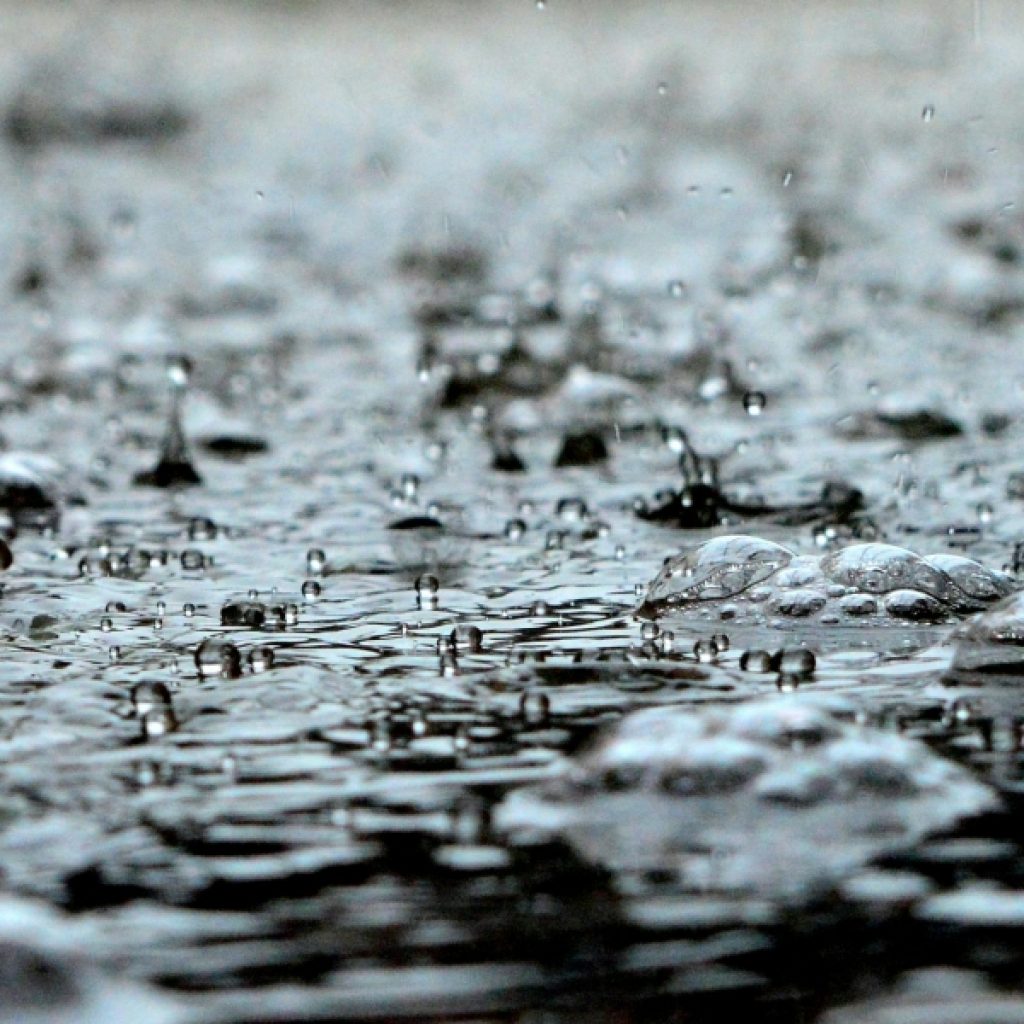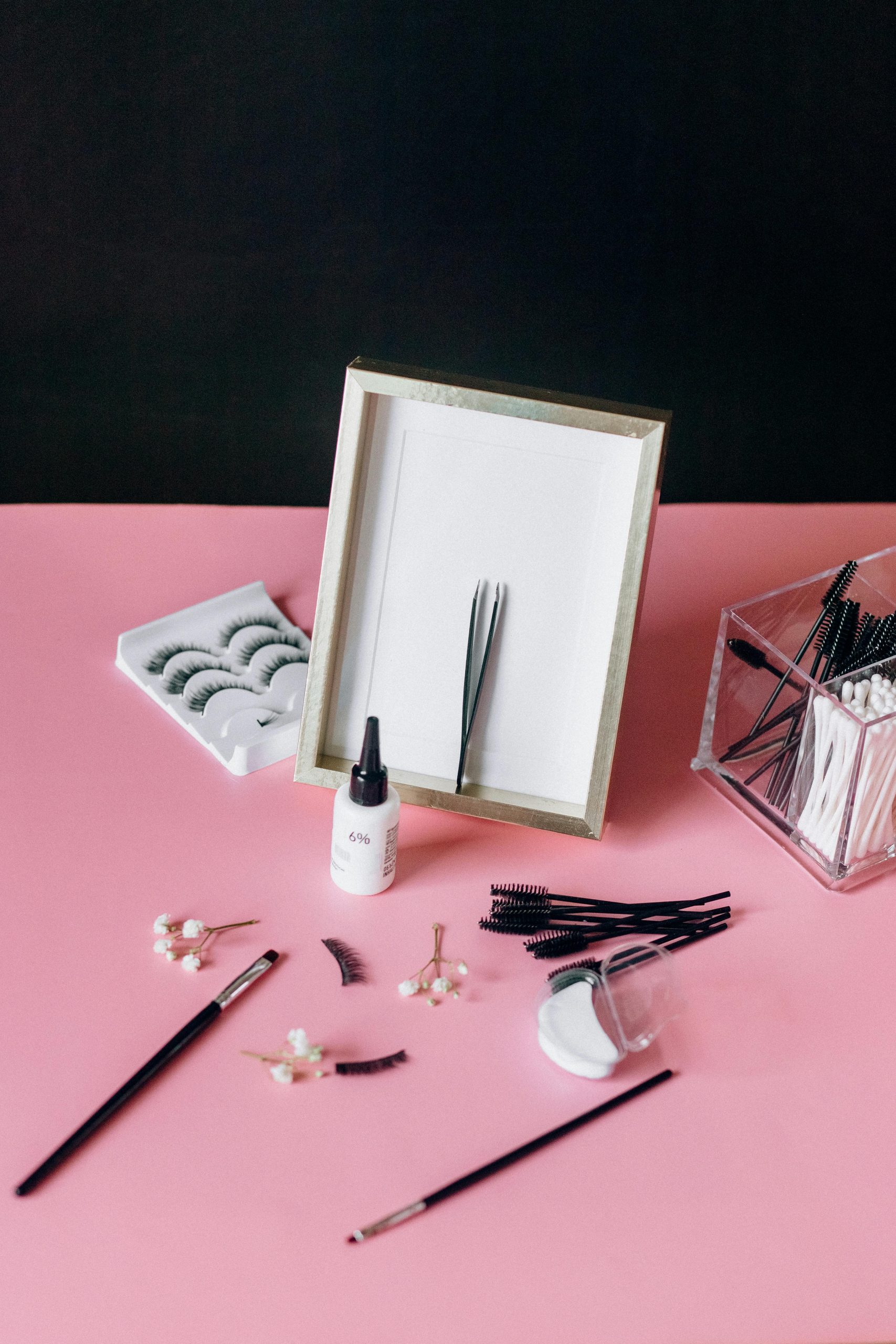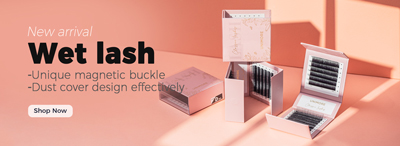Eyelash extensions have become increasingly popular in recent years, with millions of people worldwide opting for this cosmetic treatment to enhance their natural lashes. However, one often overlooked factor that can significantly impact the longevity and effectiveness of eyelash extensions is humidity. We will delve into the world of eyelash extension glue and humidity, exploring how they interact and providing practical tips on how to handle the issue.
How Humidity Affects Eyelash Extension Glue

Humidity plays a significant role in altering the properties of eyelash extension glue, which is a critical component in the application process. When exposed to humid environments, the glue's bond with the lashes can weaken, causing it to lose its stickiness and potentially dry out or become brittle. This can lead to a range of issues, including uneven lash application, premature lifting, and even complete detachment.
The effects of humidity on eyelash extension glue can be attributed to several factors. Firstly, high levels of humidity can cause the glue to break down rapidly, resulting in a weakened bond that may not withstand the rigors of daily wear and tear. This is particularly true for latex-based glues, which are commonly used in eyelash extension applications. On the other hand, cyanoacrylate-based glues may be more resistant to humidity, but they can still be affected by high levels of moisture.
In addition to these chemical properties, humidity can also affect the physical properties of eyelash extension glue. For instance, high levels of humidity can cause the glue to become more prone to dripping or running, which can make it difficult to apply evenly and accurately. This can lead to a range of issues, including uneven lash application, premature lifting, and even complete detachment.
The Impact of Humidity on Different Types of Eyelash Extension Glue
As a lash technician, you know that humidity can be a major challenge when working with eyelash extensions. However, not all eyelash extension glues are created equal, and some may be more prone to humidity-related issues than others. We will explore the impact of humidity on different types of eyelash extension glue, and provide guidance on how to choose the right glue for your clients' needs.
1. Glues Designed for Use in Humid Environments
Some eyelash extension glues are specifically designed for use in humid environments, such as tropical regions or areas with high humidity levels. These glues are formulated to withstand higher levels of moisture and may contain additives that help to prevent the breakdown of the adhesive properties. This ensures a stronger bond between the lashes and the glue, even in humid conditions.
For example, some glues may contain moisturizers that help to keep the glue hydrated and prevent it from drying out or becoming brittle. These moisturizers can help to prevent the glue from becoming too sticky or too dry, which can make it more difficult to apply evenly.
Additionally, some glues may be formulated with UV protectants that help to prevent damage caused by exposure to sunlight. This is especially important in areas with high levels of UV radiation, as UV light can cause the glue to break down and lose its adhesive properties.
2. Glues Not Designed for Use in Humid Environments
In contrast, glues that are not designed for use in humid environments may be more susceptible to humidity-related issues. For example, some glues may be more prone to drying out or becoming brittle when exposed to air, which can further exacerbate the problem.
In contrast, glues that are not designed for use in humid environments may be more susceptible to humidity-related issues. For example, some glues may be more prone to drying out or becoming brittle when exposed to air, which can further exacerbate the problem.
Choosing the Right Glue
When choosing an eyelash extension glue, it is important to consider the level of humidity in your work environment. If you work in a humid environment, it may be best to choose a glue that is specifically designed for use in humid environments. This will help to ensure a stronger bond between the lashes and the glue, even in humid conditions.
On the other hand, if you work in a dry environment, you may be able to get away with using a glue that is not specifically designed for use in humid environments. However, it is still important to choose a high-quality glue that is formulated with additives that help to prevent the breakdown of the adhesive properties.
Tips for Working with Eyelash Extension Glue in Humid Environments
As a lash technician, you know that humidity can be a major challenge when working with eyelash extensions. But with the right techniques and tools, you can minimize the impact of humidity on your work and ensure a successful application that will last for weeks to come.
1. Prepare the Glue for Use
Before applying the glue to your client's lashes, make sure to shake the bottle well and apply a small amount to a test surface. This will help to ensure that the glue is fully mixed and ready for use. This step is especially important in humid environments, where the glue may be more prone to breaking down.
2. Apply the Glue in a Way That Minimizes the Impact of Humidity
When applying the glue to your client's lashes, use a light touch and avoid applying too much pressure. This will help to minimize the risk of damage caused by humidity. Apply the glue in thin layers, allowing each layer to dry before applying the next one. This will help to prevent the glue from becoming too thick and sticky, which can make it more difficult to apply evenly.
3. Troubleshoot Common Issues
If you encounter issues with humidity-related problems during an application, be sure to troubleshoot them promptly. For example, if you notice that the glue is drying out too quickly, you may need to reapply it or use a different type of glue. If you notice that the glue is not adhering properly, you may need to adjust your application technique or use a different type of adhesive.
4. Use a Dehumidifier
If you live in a humid environment or work in a humid climate, consider using a dehumidifier in your salon or at home. This can help to reduce the level of humidity in the air and prevent damage caused by excessive moisture. A dehumidifier can be especially helpful if you work in an area with high humidity, such as near a beach or in a tropical region.
5. Choose Good Glue for Eyelashes Extension
When selecting an eyelash extension glue, choose one that is specifically designed for use in humid environments or one that is formulated with additives that help to prevent breakdown caused by moisture. Look for glues that are labeled as "humidity-resistant" or "moisture-resistant," as these are likely to perform better in humid environments.
6. Use a Humidistat
A humidistat is a device that measures the level of humidity in the air and can be set to alert you when the level exceeds a certain threshold. This can be helpful in preventing damage caused by excessive moisture. You can use a humidistat to monitor the humidity level in your workspace and adjust your application technique accordingly.
7. Keep Your Workspace Clean and Dry

Make sure your workspace is clean and dry before beginning an application. This will help to minimize the risk of damage caused by humidity. Sweep and mop your workspace regularly, and consider using a dehumidifier or air conditioner to keep the air dry.
8. Use a Hair Dryer on a Low Setting
If you need to speed up the drying process, use a hair dryer on a low setting. This can help to prevent damage caused by excessive heat. Avoid using high-heat styling tools, as these can cause damage caused by excessive heat and dryness.
9. Avoid Using High-Heat Styling Tools
High-heat styling tools can cause damage caused by excessive heat and dryness. Avoid using these tools near your workspace or while working with eyelash extensions. Instead, use low-heat tools or alternative methods to style your clients' lashes.
10. Use a Lash Sealant
A lash sealant can help to prevent moisture from seeping into the lash line and causing damage. Apply a small amount of lash sealant to the base of the lashes before applying the glue, and then reapply after each application. This will help to prevent moisture from seeping into the lash line and causing damage.
By following these simple tips and understanding how humidity affects eyelash extension glue, you can ensure a successful application that will last for weeks to come. Remember to always choose high-quality glue and follow proper application techniques to minimize the impact of humidity on your work.
Conclusion
In conclusion, humidity plays a significant role in altering the properties of eyelash extension glue, which can have a profound impact on the longevity and effectiveness of eyelash extensions. By understanding how humidity affects different types of eyelash extension glue and following practical tips for working with humid glue, lash technicians can help to ensure a successful application that will last for weeks to come. Remember, it's essential to choose high-quality adhesive glue and follow proper application techniques to minimize the impact of humidity on your eyelash extensions.







